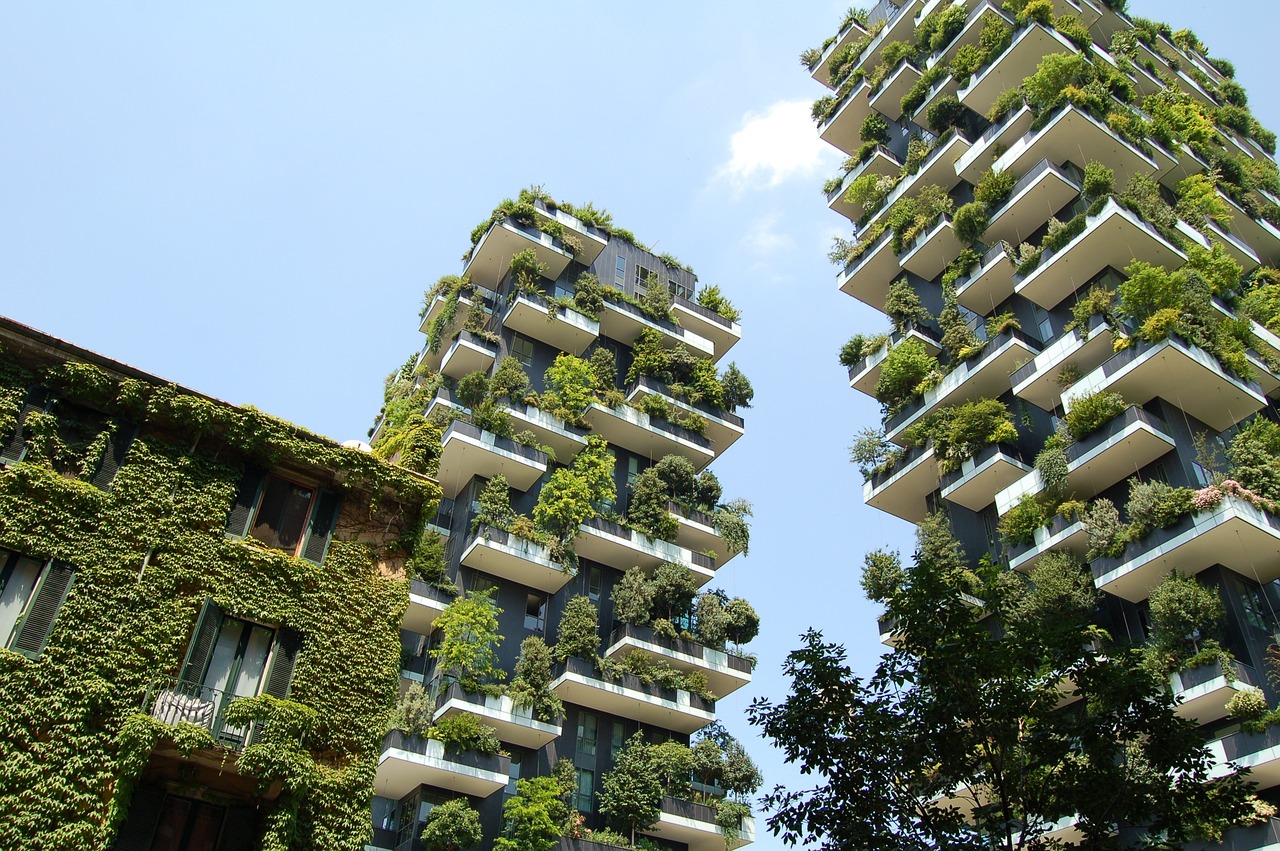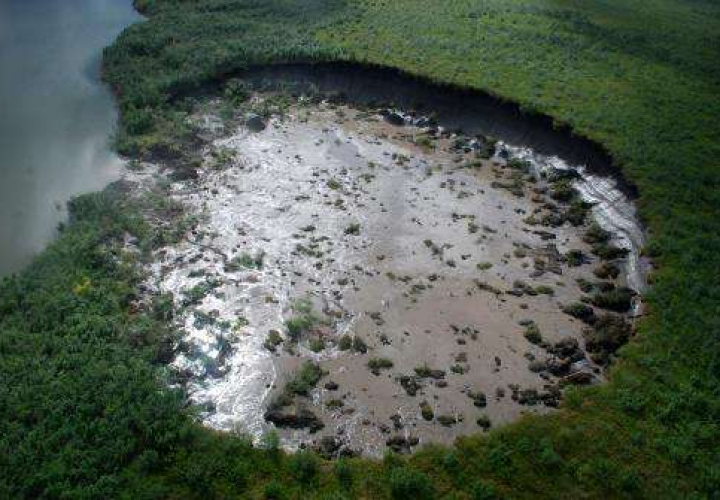
The Consciousness of Green Infrastructure
Just as a stone dipped into a basin full of water creates ripples, green infrastructure exerts a similar “voodoo” on climate change. Climate change is the most uttered phrase presently on the streets of Ghana.
Dissenters have emerged from their disbelief, and suddenly, the climate justice shirt is being donned by everyone. This dole-out elucidates the fist of fury knocking at our doors. People are burning out in the hot sun, food security is becoming questionable, and canvassing on the meager rains is always the order of the day.
We live on the edge of a landslide; a slight seismic event, and the earth is on its back. While some countries have divulged paradigms in unraveling these brooding days and nights, others are still lurking in the rearview. With every passing day, with every chapter left unturned, and with our continuously vindicated lifestyles with no sustainability indictment, we put every kin and kith on the edge, biodiversity on recess, and threaten the billions of people who will inherit this earth.
In debt to the realities of climate change, one measure we can integrate into our efforts is green infrastructure. Green infrastructure creates synergism; incorporating natural and ecological elements erodes traces of climate vulnerability, fostering resilience and sustainable development in urban environments. The silhouette, drawing inspiration from nature, forms a unified cohort that is eye-pleasing. It creates a conducive condition that props the ecosystem. Plants, soil, and water bodies form the vortex that seizes the abundant carbons lingering in our atmosphere, all within the framework of a congealed green structure. Behind this green vehicle are many perks: a cooled environment, improved air quality, reduced insolation levels, and a mitigated impact on inundation.
A green structure stands on the streets of Accra, presenting an unusual view for an assay in the city. The style is entrenched in the Ghanaian old edifice, complemented by a subtle and complementary nudge. Timber, adobe mud blocks, and bamboo were lined up to construct this structure in the lush plains of a garden, surrounded by tree shades, creating a natural air-conditioned environment. The home is tailored to make good use of the natural daylight and the free flow of air. Unlike other homes, this one is elevated over a meter off the ground. It is aligned to allow air permeability through the wood decks and ensures good ventilation through the wooden screens. Mr. Osae-Addo's home is an inscription, purely drawn from nature and sustainability, like a seed.
This green home in Accra serves as an environmentally conscious model, mitigating climate change through sustainable design. Elevated over a meter, the structure encourages natural ventilation, reducing the need for energy-consuming air conditioning. The incorporation of wood decks and screens allows for optimal airflow, further enhancing the building's energy efficiency. Green infrastructure, as described, often involves the incorporation of plants, soil, and water bodies. This not only captures carbon from the atmosphere but also contributes to urban biodiversity. The presence of greenery helps absorb carbon emissions and provides a visual reminder of the importance of nature in sustainable urban development.
Outside the shores of Africa, is the Marco Polo Tower in the western region of Central Europe, Germany. This tower, designed by Behnisch Architekten, is an epiphany characterized by an asymmetrical shape and a distorted figure with distinct patterned designs varying from floor to floor. Marco Polo Tower is firmly entrenched in sustainability. The overhanging terraces above limit the intensity of insolation on the recessed facades, eliminating the need for sunshades. Vacuum collectors and heat exchangers installed on the roof are strategies for converting heat into cooling for the apartments.
Inherently, the heat exchangers facilitate the transfer of heat energy, while the vacuum collectors play a role in capturing and utilizing this energy for cooling purposes within the apartments. On the wings are innovative sound-insulated air louvers that allow natural airflow to reach the sleeping areas without contributing to increased noise levels that might disturb the surroundings. This edifice, relying on heat exchangers and vacuum collectors on the roof, depicts an innovative approach to energy efficiency. Through various paradigms employed for converting heat into cooling for the apartments, there is a departure from reliance on medieval cooling methods, thereby conserving energy and reducing greenhouse gas emissions.
As we stand at the crossroads of climate uncertainty, these green structures become not just architectural marvels but beacons of hope. In their shadows, we find not just shelter but inspiration for a future where urban landscapes harmonize with the environment.




